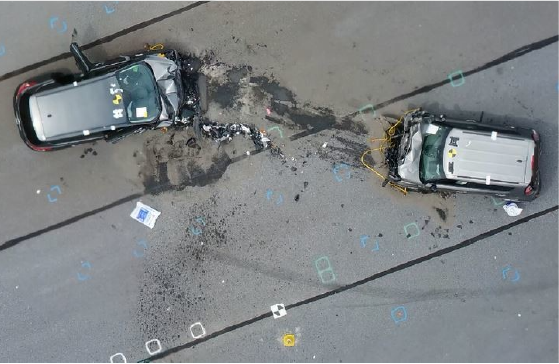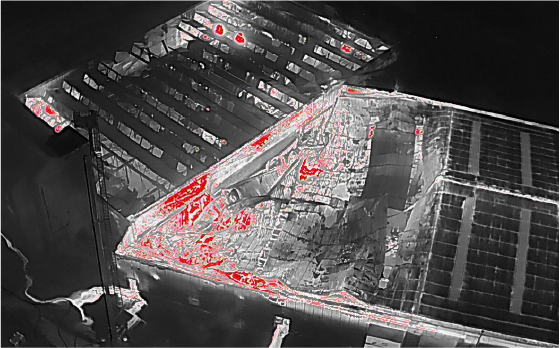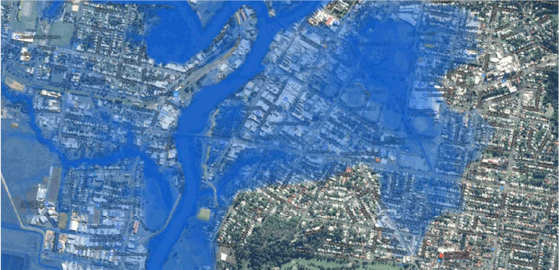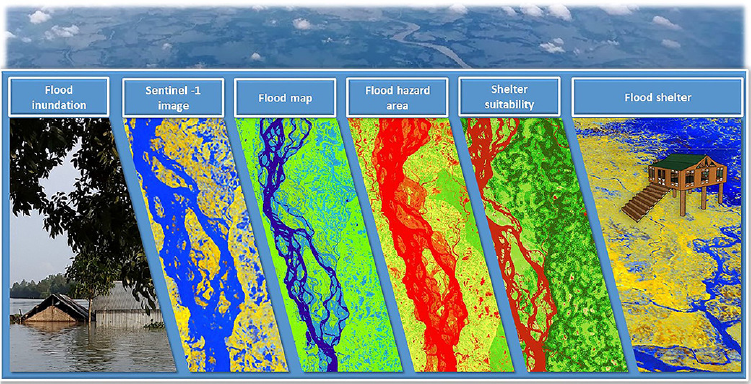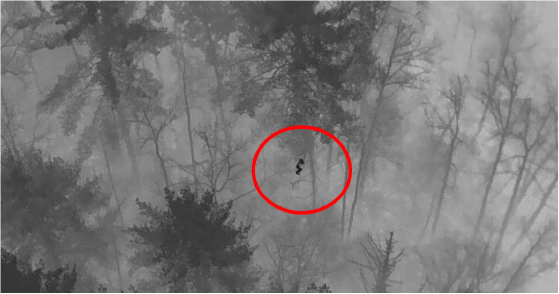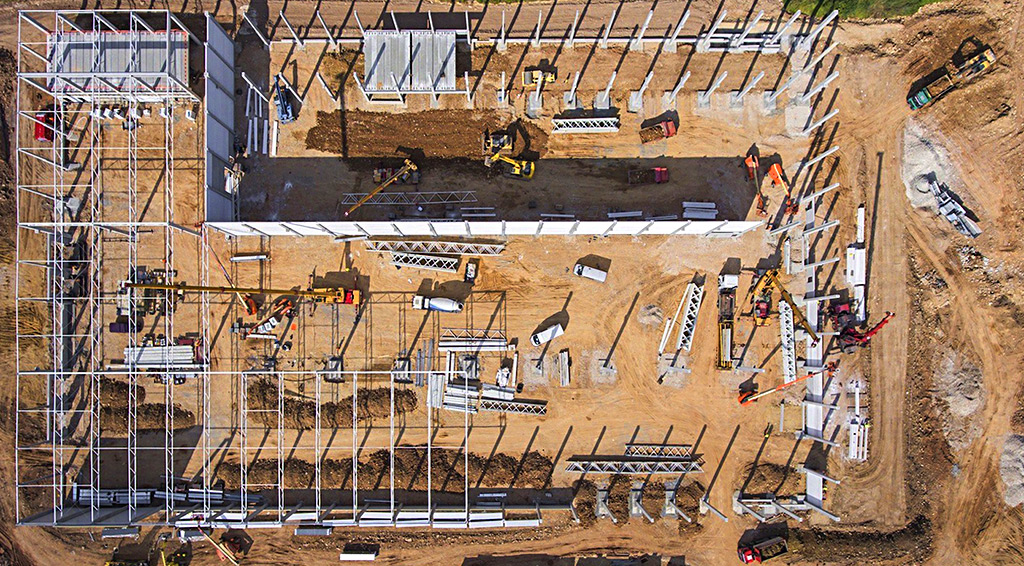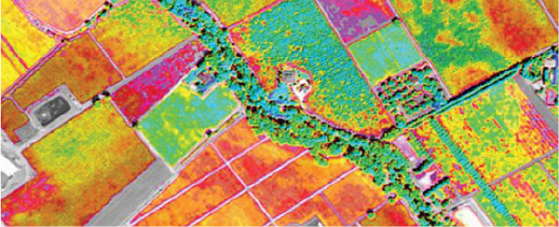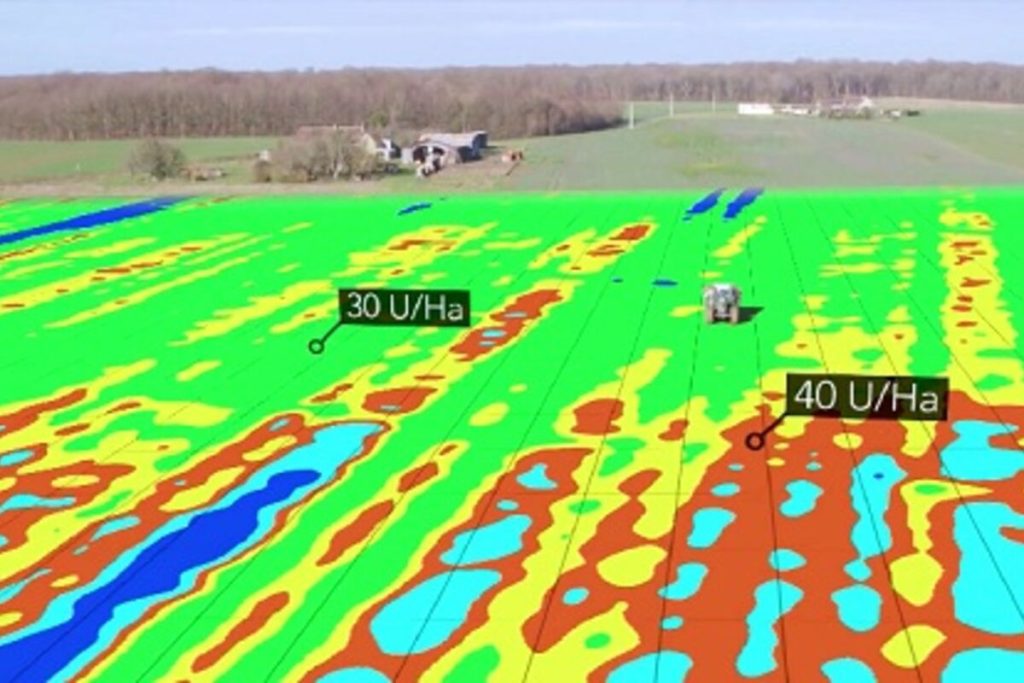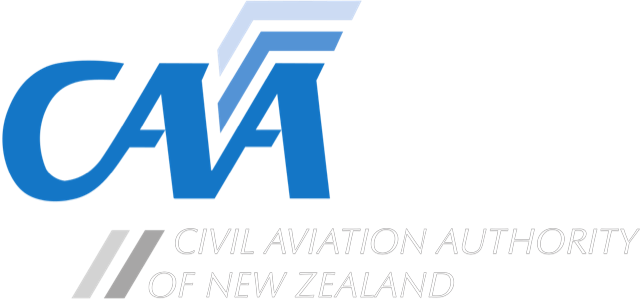Drone Monitoring
Comprehensive Drone Monitoring Services Across New Zealand
Incredible Group offers real-time drone monitoring solutions that reduce risk, improve efficiency, and enhance decision-making for businesses across New Zealand. Using state-of-the-art drones equipped with high-resolution cameras, thermal imaging, and LiDAR sensors, we provide accurate data for asset monitoring, infrastructure surveillance, and environmental tracking.
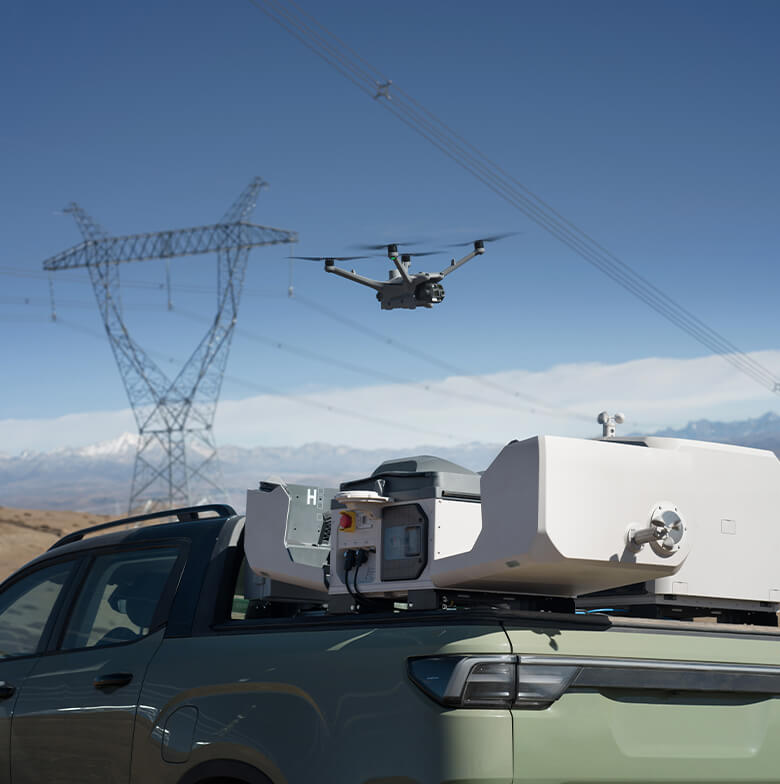

Safe, accurate & cost effective: drone Aerial Inspections & Surveys NZ-wide.
We obtain all Permissions required, e.g. from local authorities & airfields.
- Advanced Technology
- Experienced Team: CAA Part 102 Certified
- Automated and On-Demand Monitoring
- Nationwide Coverage
Why Choose Drone Monitoring?
- Real-Time Data Collection: Access accurate, real-time information from remote locations.
- Automated Monitoring Systems: Fully automated drone systems for scheduled and on-demand monitoring.
- Cost-Effective and Efficient: Reduce operational costs and time by minimising manual inspections.
- Enhanced Safety: Monitor hazardous areas without putting personnel at risk.
Our Monitoring Capabilities
Incredible Group provides advanced drone monitoring solutions that include:
- Asset Monitoring: Real-time tracking of high-value assets to ensure safety, efficiency, and operational integrity.
- Infrastructure Surveillance: Continuous monitoring of pipelines, power lines, and transportation networks.
- Environmental Monitoring: Track environmental changes, assess natural resources, and monitor ecological impact.
- Automated Aerial Monitoring: Fully automated drone systems for scheduled patrols and on-demand inspections.
- Thermal Imaging and LiDAR Scanning: Enhanced visibility and data accuracy, even in low-light or hazardous environments.
Applications of Drone Monitoring
Our drone monitoring solutions are ideal for:
- Construction and Land Development: Progress tracking, site security, and inventory management.
- Utilities and Infrastructure: Real-time monitoring of power lines, pipelines, and telecommunications towers.
- Mining and Quarrying: Site management, volume calculations, and safety monitoring.
- Agriculture and Forestry: Crop health monitoring, irrigation planning, and environmental assessments.
- Environmental Protection: Monitoring ecosystems, wildlife tracking, and pollution control.
- Industrial Facilities and Factories: Asset monitoring, equipment performance tracking, and maintenance planning.
How Our Drone Monitoring Works
Our Drone Monitoring Process ensures accuracy, efficiency, and comprehensive data collection:
- Flight Planning and Permissions: We obtain all necessary permissions, including from local authorities and airfields, ensuring compliant and safe operations.
- Automated and On-Demand Flights: Our fully automated drones perform scheduled patrols and on-demand inspections with real-time data transmission.
- Real-Time Data Collection and Analysis: Using high-resolution cameras, thermal imaging, and LiDAR sensors, we capture accurate data for analysis.
- Cloud-Based Reporting and Alerts: Data is securely stored in the cloud, enabling remote access, detailed reports, and automated alerts for critical events.
Asset Monitoring
Real-Time Asset Monitoring by Drone
Protect and monitor high-value assets with real-time tracking and advanced surveillance technology. Our drone monitoring solutions provide:
- Live Video Feeds: Real-time video surveillance for remote asset monitoring.
- Geofencing and Alerts: Automated alerts for unauthorized access or security breaches.
- Equipment Performance Tracking: Monitor operational efficiency and maintenance needs.
- Detailed Reporting and Analytics: Access comprehensive reports for informed decision-making.
Perfect for:
- Industrial Equipment and Machinery
- High-Value Inventory and Storage Facilities
- Construction Sites and Heavy Equipment
- Oil and Gas Storage Facilities.
Infrastructure Surveillance
Continuous Infrastructure Monitoring and Surveillance
Ensure the safety and operational integrity of critical infrastructure with real-time drone monitoring. Our solutions include:
- Pipeline Monitoring: Detect leaks, corrosion, and structural integrity issues.
- Power Line Surveillance: Identify hotspots, vegetation risks, and infrastructure damage using thermal imaging and LiDAR.
- Bridge and Tunnel Inspections: Monitor structural health and detect potential safety hazards.
- Railway Monitoring: Inspect tracks, crossings, and infrastructure with high-resolution imagery and LiDAR data.
Key Benefits:
- Enhanced Safety: Monitor hazardous or hard-to-reach areas remotely.
- Cost and Time Efficiency: Reduce the need for manual inspections and costly equipment shutdowns.
- Real-Time Alerts and Reporting: Receive instant alerts for critical events, enabling proactive maintenance.
Environmental Monitoring
Advanced Environmental Monitoring and Analysis
Track environmental changes and monitor natural resources using drone technology and real-time data analysis. Our solutions include:
- Ecosystem Monitoring: Track wildlife populations, vegetation growth, and environmental impact.
- Flood Risk Assessment: Monitor river levels, coastal erosion, and floodplains.
- Air and Water Quality Monitoring: Collect data for pollution control and environmental compliance.
- Disaster Management and Recovery: Rapid damage assessment and recovery planning for natural disasters.
Applications:
- Environmental Protection Agencies
- Conservation Organisations
- Agriculture and Forestry Management
- Disaster Response and Recovery Teams
